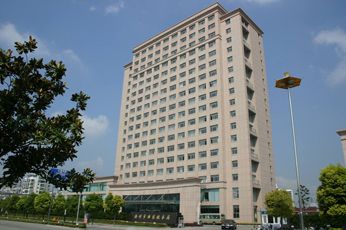WhatsApp for Monitoring Communications in Conflict Zones
In today’s interconnected world, communication tools like WhatsApp have become vital in various contexts, including conflict zones. These areas, often marked by instability, violence, and restricted access, require innovative solutions for monitoring communications. WhatsApp, a widely used messaging platform, has emerged as a powerful tool for humanitarian organizations, journalists, and local communities to track events, share information, and coordinate efforts in real time.
The Role of WhatsApp in Conflict Zones
WhatsApp’s end-to-end encryption and ease of use make it a preferred choice for secure communication in conflict zones. Humanitarian groups, such as the United Nations and NGOs, use WhatsApp to monitor developments on the ground, receive updates from local staff, and disseminate critical information. For example, during the Syrian conflict, aid workers relied on WhatsApp groups to coordinate relief efforts and report on immediate needs in besieged areas.
Similarly, journalists operating in war-torn regions use WhatsApp to gather firsthand accounts from civilians and sources, bypassing traditional media barriers. Its ability to send text, images, videos, and voice messages allows for rapid documentation of events, even in areas with limited internet infrastructure.
Benefits of Using WhatsApp
One of WhatsApp’s key advantages is its accessibility. The app works on basic smartphones and requires minimal data, making it viable in regions where advanced technology is scarce. Its group chat feature enables real-time collaboration among multiple stakeholders, such as aid workers, activists, and community leaders. Additionally, the platform’s encryption provides a layer of security, protecting sensitive information from interception by hostile entities.
Another benefit is its global reach. With over two billion users worldwide, WhatsApp connects people across borders, allowing international organizations to stay informed about local conditions without relying solely on official channels, which may be censored or unreliable in conflict settings.
Challenges and Risks
Despite its advantages, using WhatsApp in conflict zones comes with challenges. The app’s reliance on internet connectivity can be a limitation in areas with disrupted networks. Moreover, while encryption secures messages, metadata—such as who is communicating and when—can still be exploited by governments or armed groups to track users. In places like Myanmar and Ethiopia, authorities have used such data to target activists and journalists.
Misinformation is another concern. In high-stakes environments, unverified rumors spread through WhatsApp can escalate tensions or mislead response efforts. For instance, during the 2020 Nagorno-Karabakh conflict, false reports circulated on the platform, complicating the situation for both locals and observers.
Real-World Applications
WhatsApp has proven its utility in several conflicts. In Ukraine, following the 2022 Russian invasion, civilians used WhatsApp to share updates on troop movements and safe routes, while organizations like the Red Cross leveraged it to coordinate aid distribution. In Yemen, where traditional communication infrastructure has collapsed, WhatsApp has been a lifeline for families and aid workers alike, enabling them to stay connected amid ongoing violence.
Researchers and peacekeepers also use WhatsApp to monitor ceasefire agreements or human rights abuses. By analyzing shared media and reports, they can build a clearer picture of the situation, even when physical access is restricted.
In conclusion, WhatsApp has transformed how communications are monitored in conflict zones, offering a blend of accessibility, security, and versatility. However, its use must be tempered with caution to address risks like misinformation and surveillance. As conflicts continue to evolve, tools like WhatsApp will remain essential for bridging gaps, fostering resilience, and supporting those caught in the crossfire.
